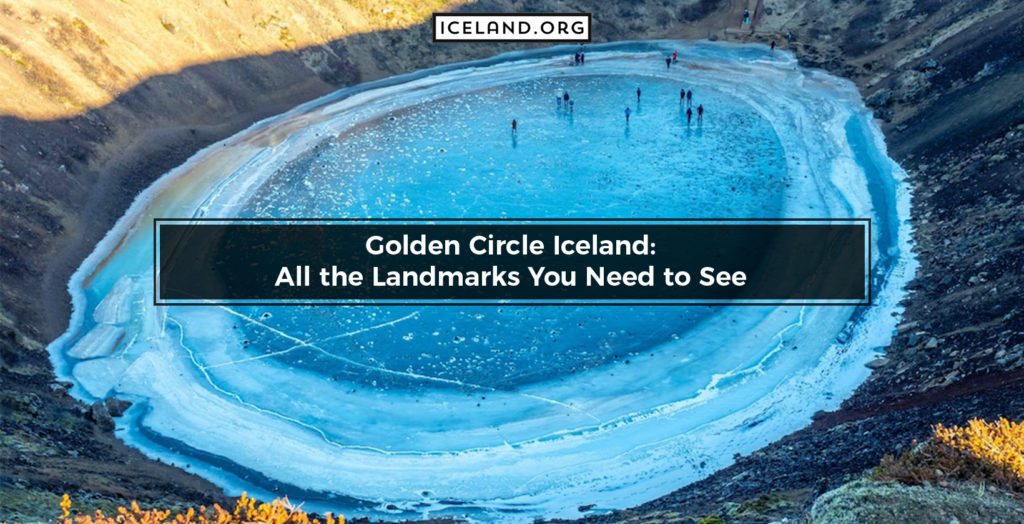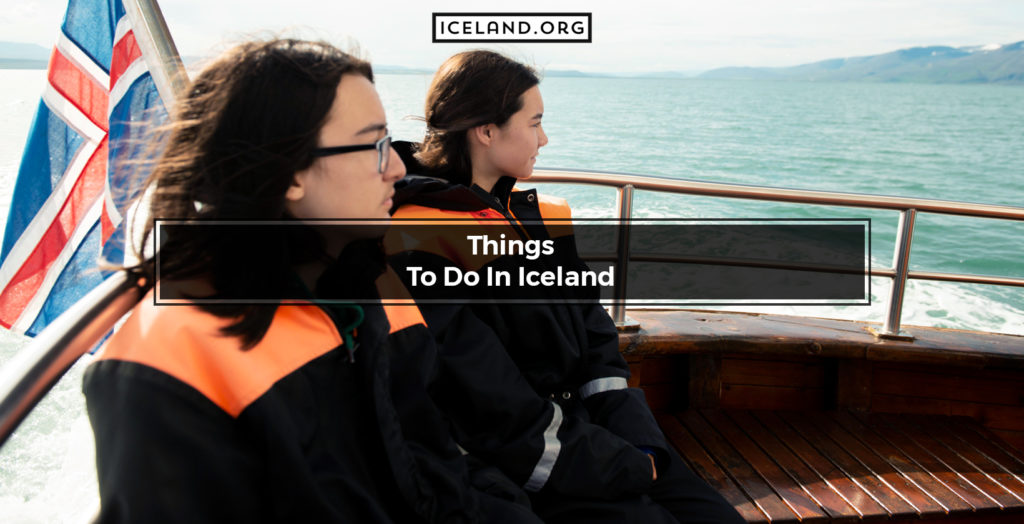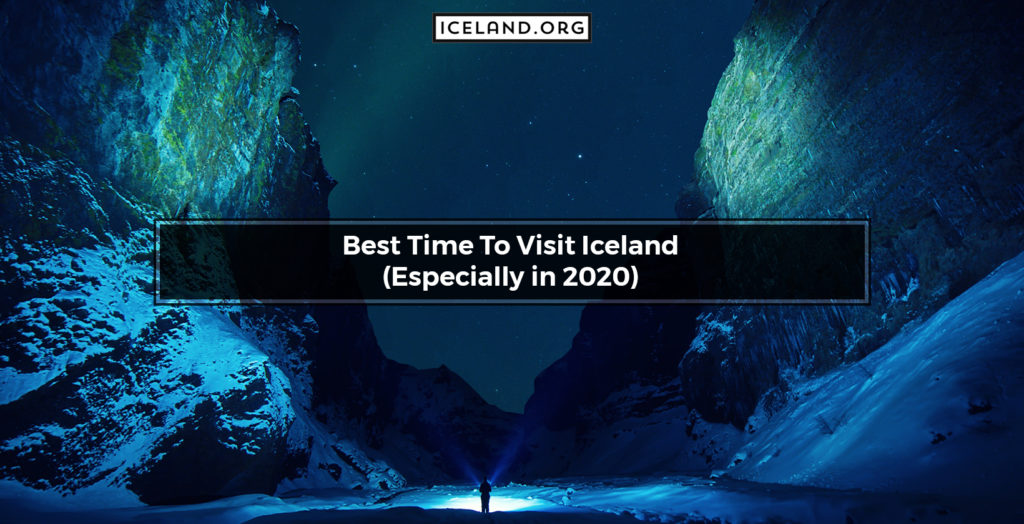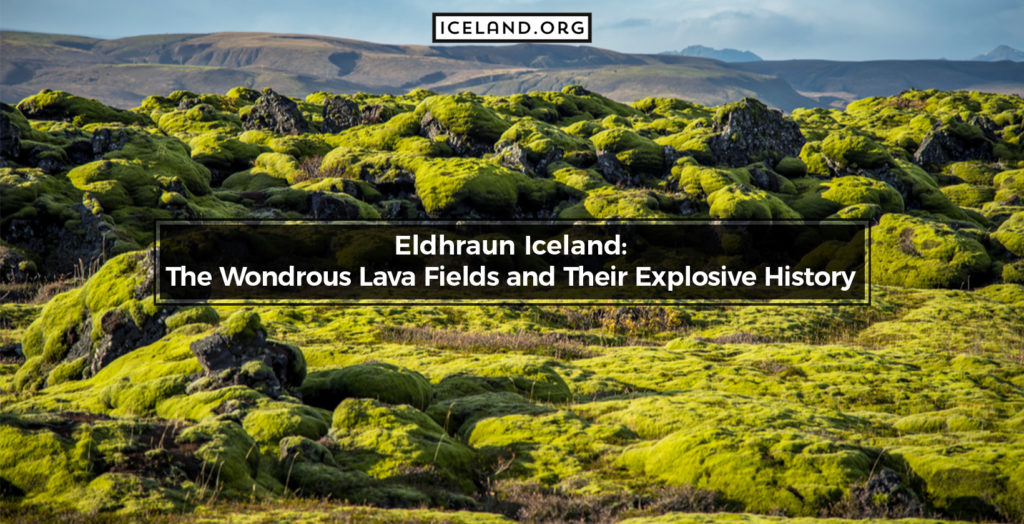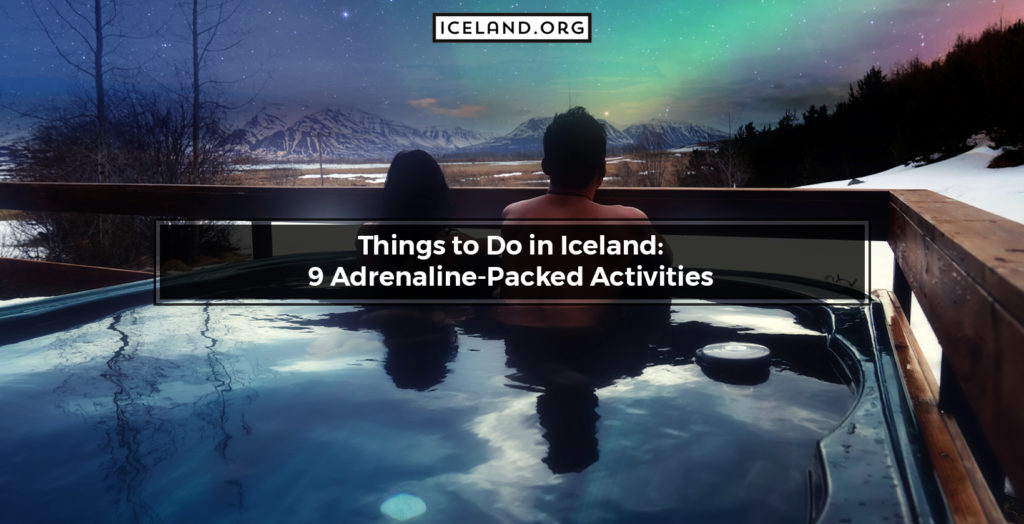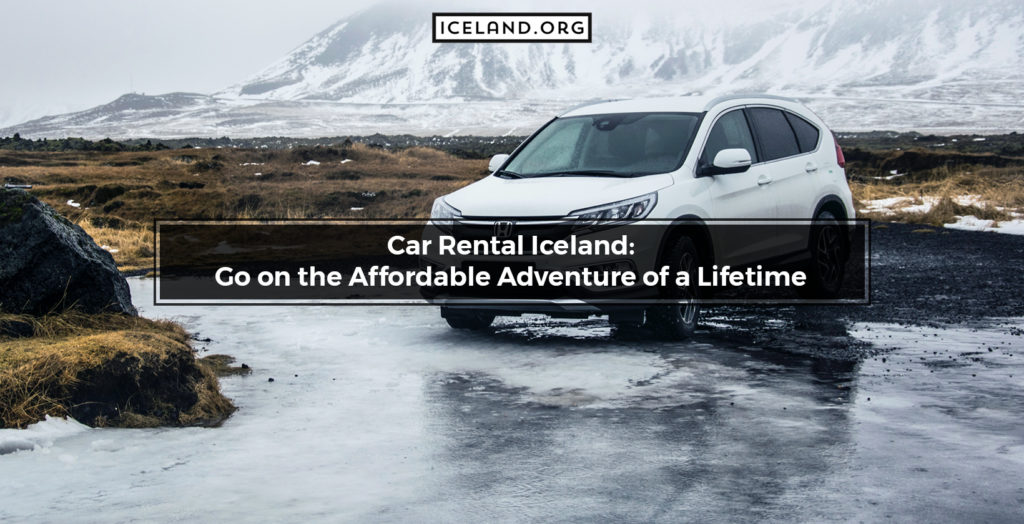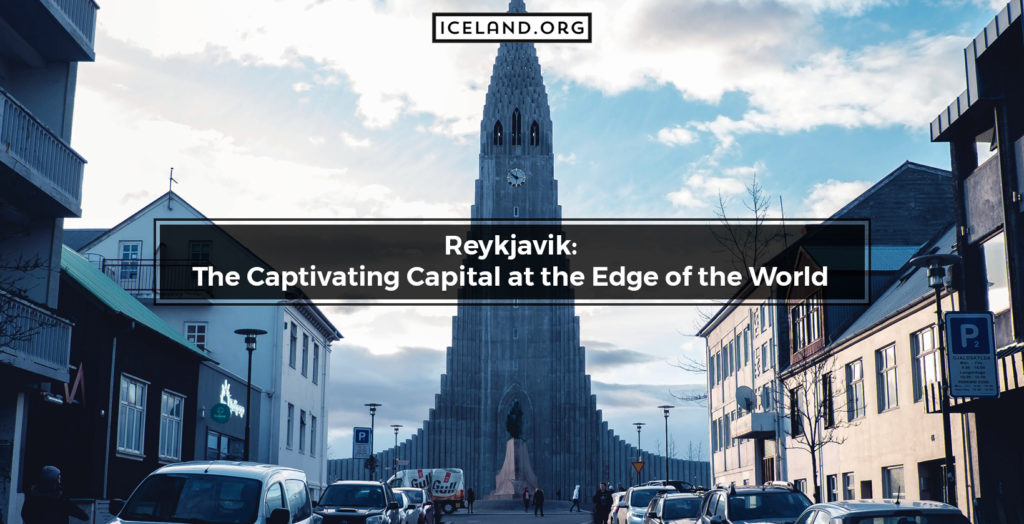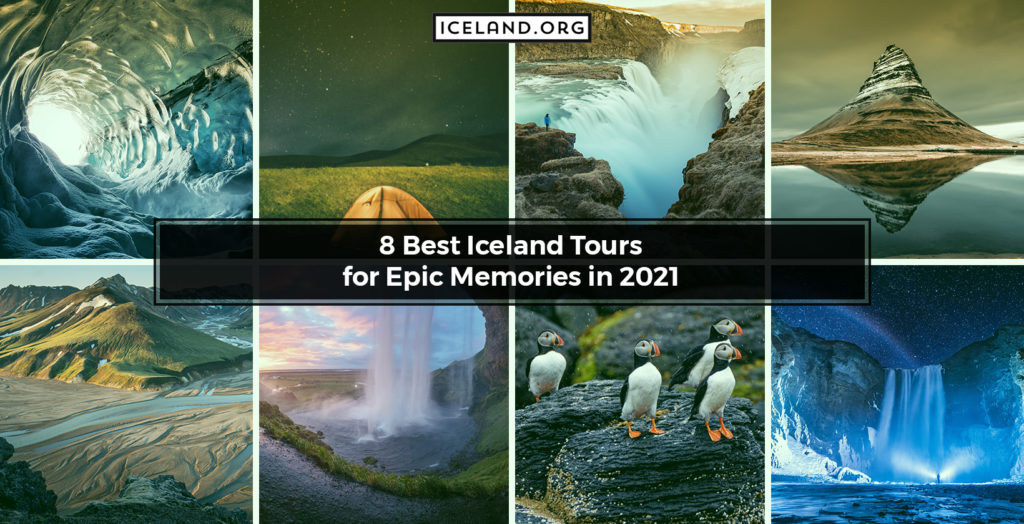When you visit Iceland, it’s possible to simply run out of time: so much beauty, splendour, and activity and so little time. The worst thing about your trip to Iceland? It ends too soon.
Fortunately, Europe’s most sparsely populated nation contains a few of its most iconic sites clustered together closely enough to visit in one sweeping day tour.
The route that spans these sites is known as the Golden Circle. And it’s a must-see excursion for any visitor to Iceland.
Travel the Golden Circle route to behold incredible open spaces and stunning geology. The three major stops for Golden Circle tours are Þingvellir National Park, Gullfoss Waterfall, and the Haukadalur Geothermal Area.
Within and around each of these primary sites, there’s a multitude of individual landmarks and activities to explore. Whether you’re a nature lover, geology enthusiast, or simply in pursuit of the perfect travel photo, the Golden Circle is sure to please.
Planning the trip of a lifetime to Iceland? Be sure to include the Golden Circle in your itinerary. Here are the basic facts on the Golden Circle route’s top points of interest.
Þingvellir National Park
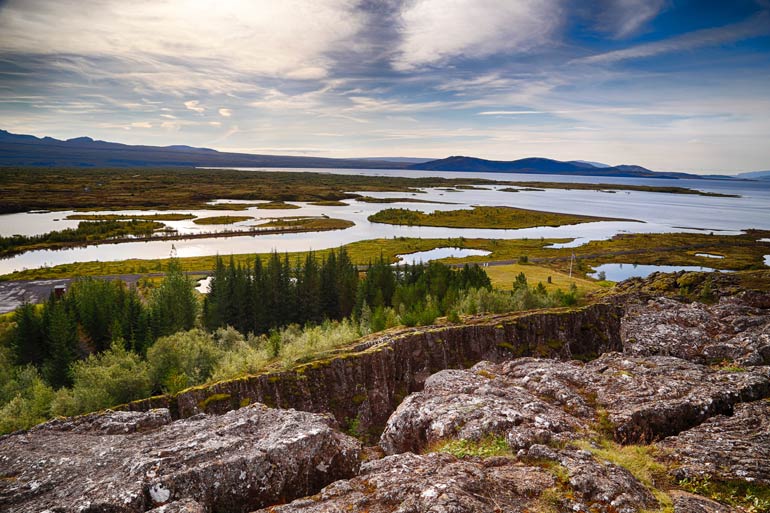
Þingvellir National Park is the only UNESCO World Heritage site on the Icelandic mainland. While it’s often the incredible landscapes that entice visitors, the location’s cultural history is actually what earned Þingvellir its UNESCO designation.
The world’s oldest existing parliament first met at Þingvellir. The open-air gathering occurred in 930 AD and the site continued to be used as a meeting place until 1798. The national park is named for the parliamentary meetings, as Þingvellir translates to parliamentary plains.
The parliamentary group that met in Þingvellir was known as the Alþing General Assembly. During their sessions, leaders and citizens converged here from all across the country, contributing to the region’s rich cultural history that’s celebrated and preserved to this day.
At the same time, Iceland’s fascinating geology is on full display within the boundaries of the park.
The nation is divided by the Mid-Atlantic Ridge, a tectonic plate boundary that separates the Eurasian and North American plates. The landscape of Þingvellir actually displays the exposed tectonic plates of the rift.
In fact, it’s the only place on earth where you can stand on dry land between two continental plates. Take it all in as you behold the unique landscape made up of picturesque rock formations and numerous bodies of water.
The national park is also home to a great variety of wildlife. Þingvellir Lake and the surrounding birch woodlands are home to trout and other fish, mink, and more than 50 species of wild birds.
Gullfoss Waterfall
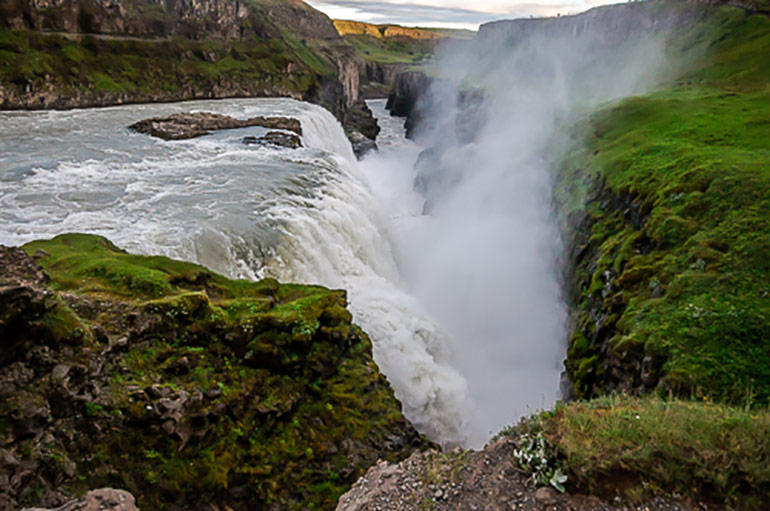
Gullfoss Waterfall sends a tremendous surge of up to 140 cubic metres of water per second.
The waterfall and its surroundings are well-preserved, providing a pristine visual delight for visitors. However, the future of Gullfoss was once very much in question.
Back in 1907, an Englishman named Howell was leasing the land around Gullfoss. He was interested in setting up a hydroelectric plant on the falls. The landowner’s daughter, Sigríður Tómasdóttir, led the fight to stop the project.
Tómasdóttir hurriedly gathered the funds to hire a lawyer to nullify Howell’s contractual rights. Thanks to her passionate efforts, which included the threat of throwing herself down the waterfall, the hydroelectric plant project was eventually abandoned.
Today, Gullfoss Waterfall continues to run free, and Tómasdóttir is recognized as an Icelandic conservation hero. So remember to say a quick thank you to Sigríður Tómasdóttir when you visit the Gullfoss Waterfall.
Thanks to the downward-facing viewpoint, there’s a real majesty in standing atop the epic waterfall.
Visitors walk a narrow path towards a ledge that provides a downward view of the falls. There, the water crashes down two cascades of 11 and 21 meters towards a crevasse below.
Gullfoss translates to golden falls. That’s where the entire Golden Circle gets its name.
And if you visit on a sunny day you’ll see a full array of colours. Thousands of tiny rainbows appear where the sunlight meets the mist—a sight you won’t soon forget.
Haukadalur Geothermal Area
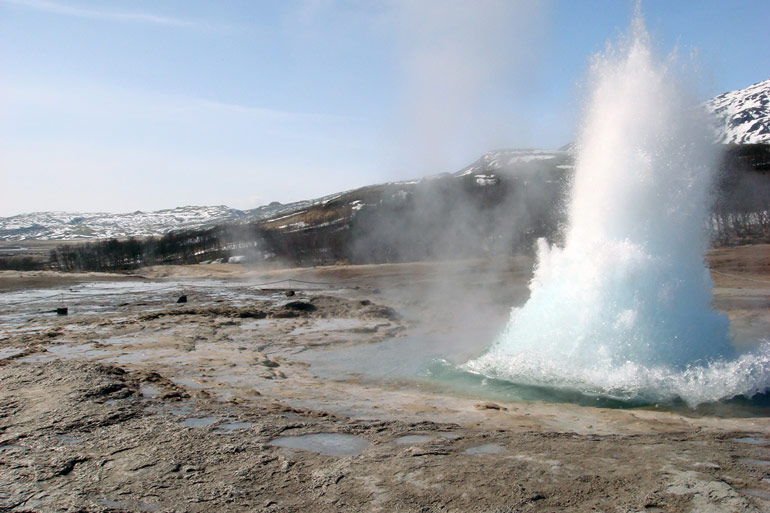
Fans of geologic phenomena won’t want to miss a visit to Haukadalur. It’s a geothermal valley, just west of the Gullfoss Waterfall, home to hot springs and geysers.
Some of the most famous sites in Iceland are found in the Haukadalur valley. These include its two biggest geysers, Strokkur and Geysir.
Geysir, sometimes called The Great Geysir, is the source of the English language word geyser. The name comes from the Icelandic verb geysa, meaning “to gush”.
So all of the famous gushing eruptions around the world that we know as geysers have Iceland’s Great Geysir to thank for their name.
Geysir doesn’t erupt too often these days—it’s been active for 10,000 years and it’s slowing down. Strokkur, on the other hand, is incredibly dependable, erupting every five to ten minutes.
That’s quite a bit more frequent than Old Faithful, the famous geyser of Yellowstone National Park in the United States.
In addition to the geysers, you’ll find over 40 hot springs, fumaroles, and mud pots. Fumaroles are steam-emitting openings in the earth’s crust, while mud pots are acidic, bubbling, muddy hot springs.
All in all, with the earth opening up and exhaling all around you, you’ll feel like you’ve stumbled to the edge of the earth, or into another world entirely.
Travelling the Golden Circle Route
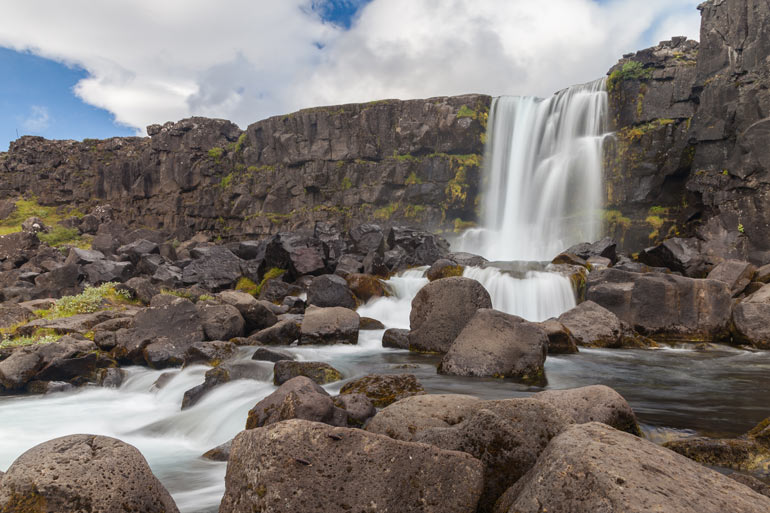
The Golden Circle is just a few hours from Reykjavik. It makes for an easy day trip from the capital.
Driving the Golden Circle route in its entirety, hitting all of three of the main destinations, can be done in around three hours.
However, there’s a lot to see, so you might prefer to make a full day of it. To spend more time at each, take individual day trips to the different sites.
Golden Circle Tour Group or Rental Car Excursion?
So, what’s better—travelling in a guided tour group or renting a car and going on your own? Well, that depends entirely on your preferences, because both options are great.
There are lots of excellent Golden Circle tours leaving regularly from Reykjavik. Be sure to check out our guide on Iceland’s best tours to get a feel for what’s available.
With a guide, your day is simplified. You don’t have to worry about planning your route or managing a vehicle. Most importantly, you’ll benefit from the presence of someone that’s an expert on the Golden Circle, helping to inform you and make your visit more enjoyable.
That said, a self-guided tour is totally manageable, if that’s your thing. The route is not too long and it’s relatively simple. The entire loop, starting and ending in Reykjavik, totals about 300 km.
You’ll have the freedom to stick around at sites you enjoy and do a bit of exploring on your own.
However you choose to visit the Golden Circle, you’ll get to experience a truly remarkable region of one of the planet’s most fascinating countries.
Learn More About Iceland’s Greatest Landmarks and Attractions
The Golden Circle is Iceland’s most visited tour route and contains some of the nation’s most iconic spots. It’s close to the capital and easy to visit, so it makes for a great first day tour when you’re newly arrived in Iceland.
Of course, a day trip to these landmarks is just the beginning of your Icelandic adventure. There’s so much more to see. It’s always best to plan ahead so that you can experience everything that appeals to you.
Be sure to read up on standout attractions such as the Blue Lagoon and Black Sand Beach as well as things to do in Iceland (northern lights hunt!) and the best time to visit Iceland.
Read more from Iceland.org to keep learning about the spectacular nation of Iceland.
Featured Image from: Flickr by Frank Hukriede
